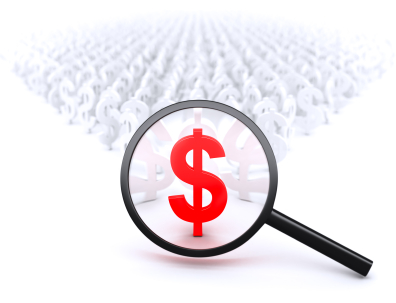Aggregate demand and supply - introduction
 In this section we consider the following topics in detail:
In this section we consider the following topics in detail:
- Aggregate demand
- Aggregate supply
- Equilibrium
- The Keynesian multiplier
Put Contents here
As an economist you want to be able to model what is happening in the macroeconomy.
In particular, what causes change in the economy at the macro level and to develop appropriate policies to achieve macroeconomic goals.
In managing a country's economy, governments aim to achieve:
- low unemployment or full employment
- price stability - low and consistent levels of inflation
- a long term balance in balance of payments current account
- Maintain high levels of economic growth
- an equitable distribution of income
There will always be trade-offs (achieving one gaol adversly affects another goal) between these macroeconomic goals, it can be difficult (impossible?) to maintain all of them at once; governments will, as a result, need to establish acceptable target ranges.
In trying to understand the various macroeconomic problems a country
may face, and the policies that its government may adopt in response,
it is useful to look at one of the most common theoretical frameworks
for analysing the macroeconomy: aggregate demand and supply.
These are similar to the concepts of demand and supply that you considered in Section 1, but with the addition of the word 'aggregate'. Agregate means 'the sum of' or `overallī, so you are now looking at total demand and supply in the whole economy, instead of demand and supply of goods and services in individual markets.